Not long ago, I ventured out to forage for Japanese Knotweed roots, a perfect endeavour on a chilly day as I sought respite from sports and craved exploration amidst the cold, grey winter landscape. While I had previously experimented with extracting colors from the leaves and stems of Japanese Knotweed during summers, my curiosity was piqued after delving into some research articles. This time, I was eager to dig deeper, quite literally, and uncover the potential for color extraction from the roots. My aim was to utilize these hues for dyeing natural yarn and creating lake pigments.
In this blog, I’m sharing my process and providing background information on this alien invasive species of plant in my local landscape.
Introduction
Japanese Knotweed (Fallopia japonica) is an alien and invasive plant in Austria. It is notorious for its rapid growth and ability to spread quickly. The rapid growth of Japanese knotweed is an ecological problem that threatens the ecosystem and reduces biodiversity. However, it can be potentially used for various beneficial purposes, e.g. for the production of paper, natural dyes, inks and pigment as a renewable and sustainable resource.
Understanding Japanese Knotweed
Native to East Asia, Japanese Knotweed was introduced to the Western world as an ornamental plant in the 19th century. Since then, it has thrived in various climates and soil conditions, earning its status as one of the world’s most invasive plant species. Despite its negative impact on native ecosystems, its resilience and abundance make it an intriguing candidate for alternative uses.
Natural Dyeing with Japanese Knotweed
Japanese Knotweed harbours vibrant hues within its stems, leaves, and roots, offering a diverse palette for natural dyeing. The plant contains anthraquinone compounds, which are responsible for its rich pigmentation.
Experimenting with natural dyeing of fibers or fabrics using Japanese Knotweed during its growth peak in late spring or early summer can yield fascinating results. The process involves chopping or crushing the plant to extract the dye compounds, followed by simmering the material in water. Mordanting the fabric is a crucial step to ensure the dye’s colorfastness before submerging the textile or yarn in the dye bath to attain the desired shade. Different mordants can lead to a variety of outcomes.
As someone who is not a seasoned natural dyer, my approach is driven by curiosity and experimentation rather than strict recipes. My methods rely on approximation and the thrill of discovery, embracing the unexpected beauty that comes from such exploration.
Last summer, my experiments with the leaves and stems of Japanese Knotweed resulted in a vivid yellow dye. More recently, experimenting with the roots has brought about some remarkable discoveries. I used only alum and sodium carbonate as modifiers. In my exploratory process, I chose a blend of un-mordanted cashmere and camel wool, which produced intriguing results. The depth of color absorbed by the fibers varied depending on the duration they were treated with the natural dye extract. The root actually dyes a golden yellow color but when you increase the pH- it changes the color from yellows to beautiful soft pink-red earthy tones.
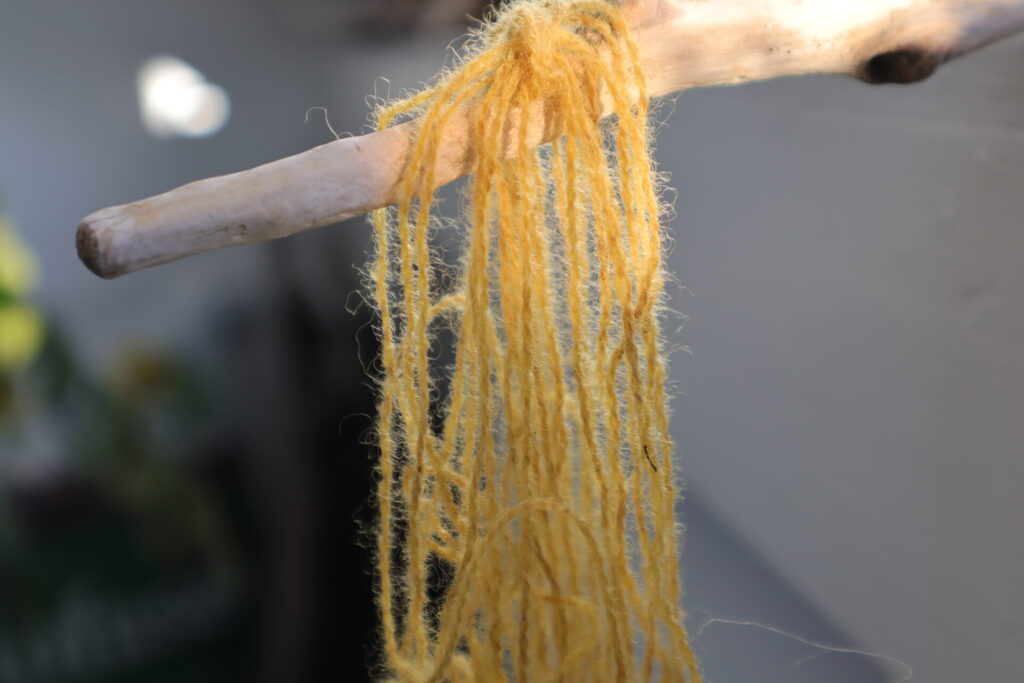
Wool yarn turns yellow when dyed with extracts from Japanese knotweed roots.
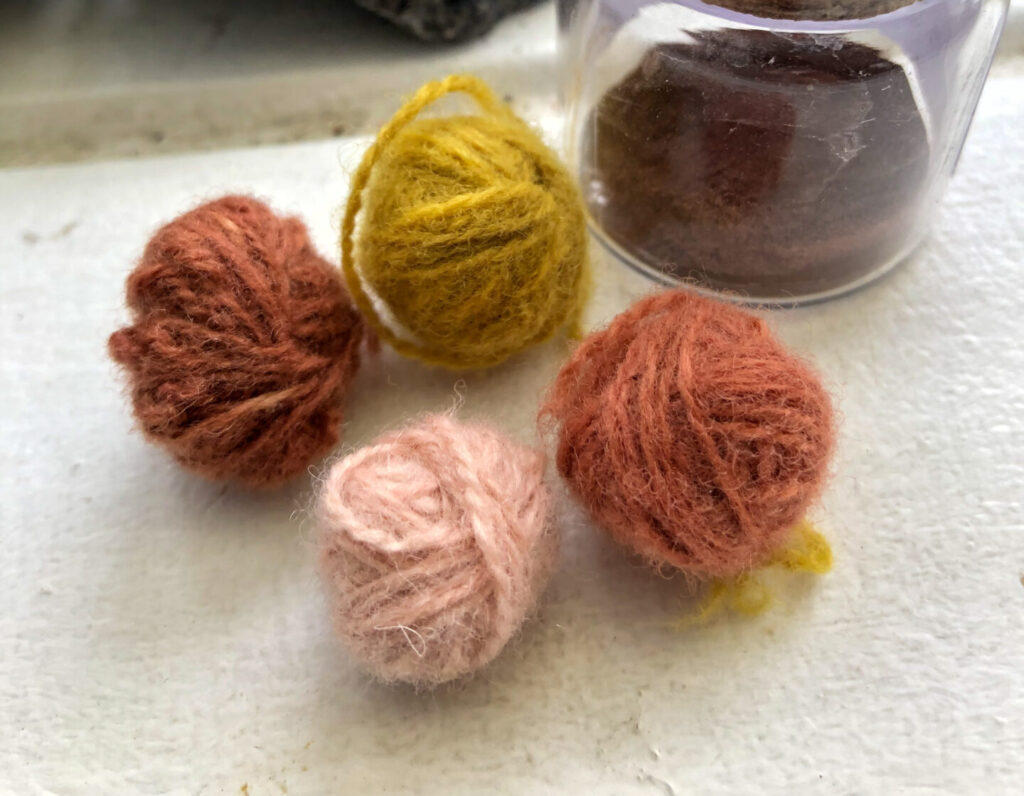
A spectrum of earthy hues achieved through natural dyeing using Japanese knotweed roots.
Benefits of Japanese Knotweed Dyeing
- Abundance: Japanese Knotweed’s prolific growth ensures a readily available and renewable source of dye material, minimizing the need for resource-intensive cultivation.
- Unique Aesthetic: The hues derived from Japanese Knotweed possess a distinct character, imbued with the essence of nature and reflecting the plant’s resilience and adaptability.
Pigment Production
In addition to its application as a natural dye, Japanese Knotweed can also be used as a source of natural Lake Pigment for artistic endeavors. The anthraquinone compounds present in the plant can be extracted and processed into powders or pigmented solutions suitable for painting, printmaking, and other artistic mediums. This opens up avenues for creative expression while embracing sustainable practices.
My experimentation with extracting pigment from the residual dye bath resulted in a stunning, natural earth-toned lake pigment which I transformed into a beautiful watercolor paint.
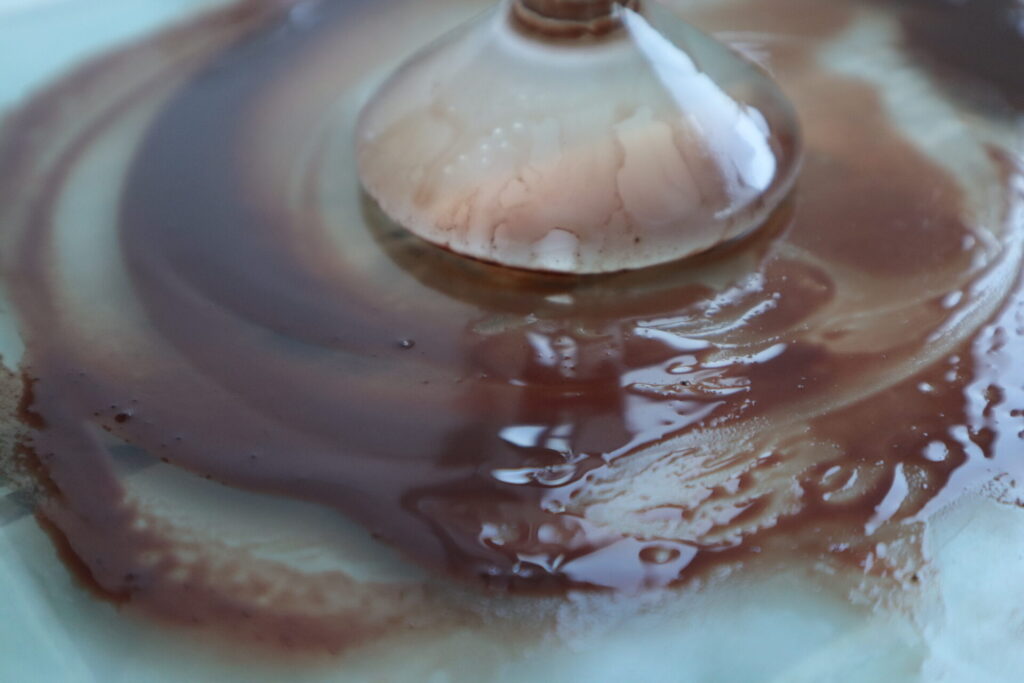
Lake Pigment: Root dye extract of Japanese Knotweed
Challenges and Considerations
While Japanese Knotweed offers exciting possibilities for natural dyeing and pigment-making, several challenges must be addressed:
- Regulation: Due to its invasive nature, the harvesting and utilization of Japanese Knotweed may be subject to regulations aimed at controlling its spread.
- Colorfastness: Ensuring the longevity of colors derived from Japanese Knotweed requires experimentation with mordants and dyeing processes to enhance colorfastness and durability.
Responsible foraging
When foraging Japanese Knotweed, prioritize responsible harvesting to prevent its spread. Obtain permissions, harvest from managed areas, cut stems close to the ground, contain and dispose of harvested material properly.
Conclusion
Exploring Japanese Knotweed for natural dyeing has been an exciting journey. From vibrant colors in its leaves and stems to surprising hues in its roots, it’s a fascinating mix of artistry and sustainability. Let’s keep exploring with curiosity and respect for nature’s palette.

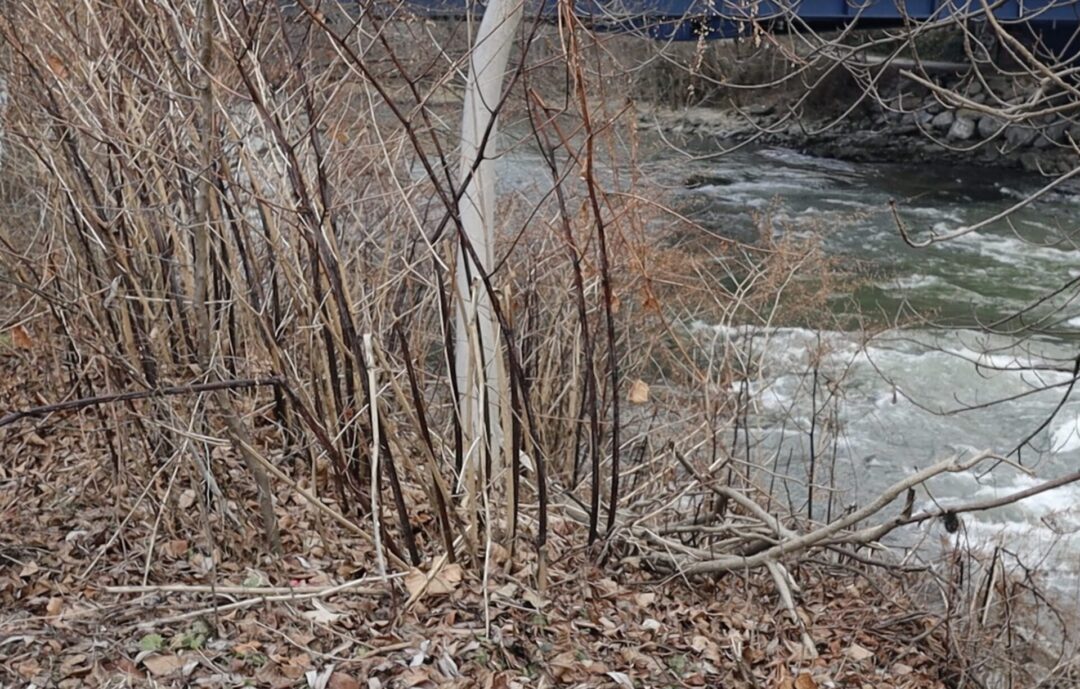
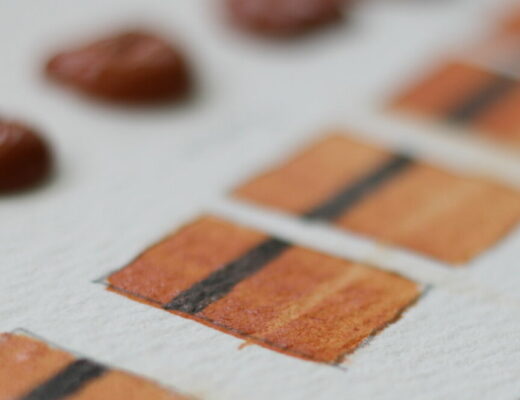

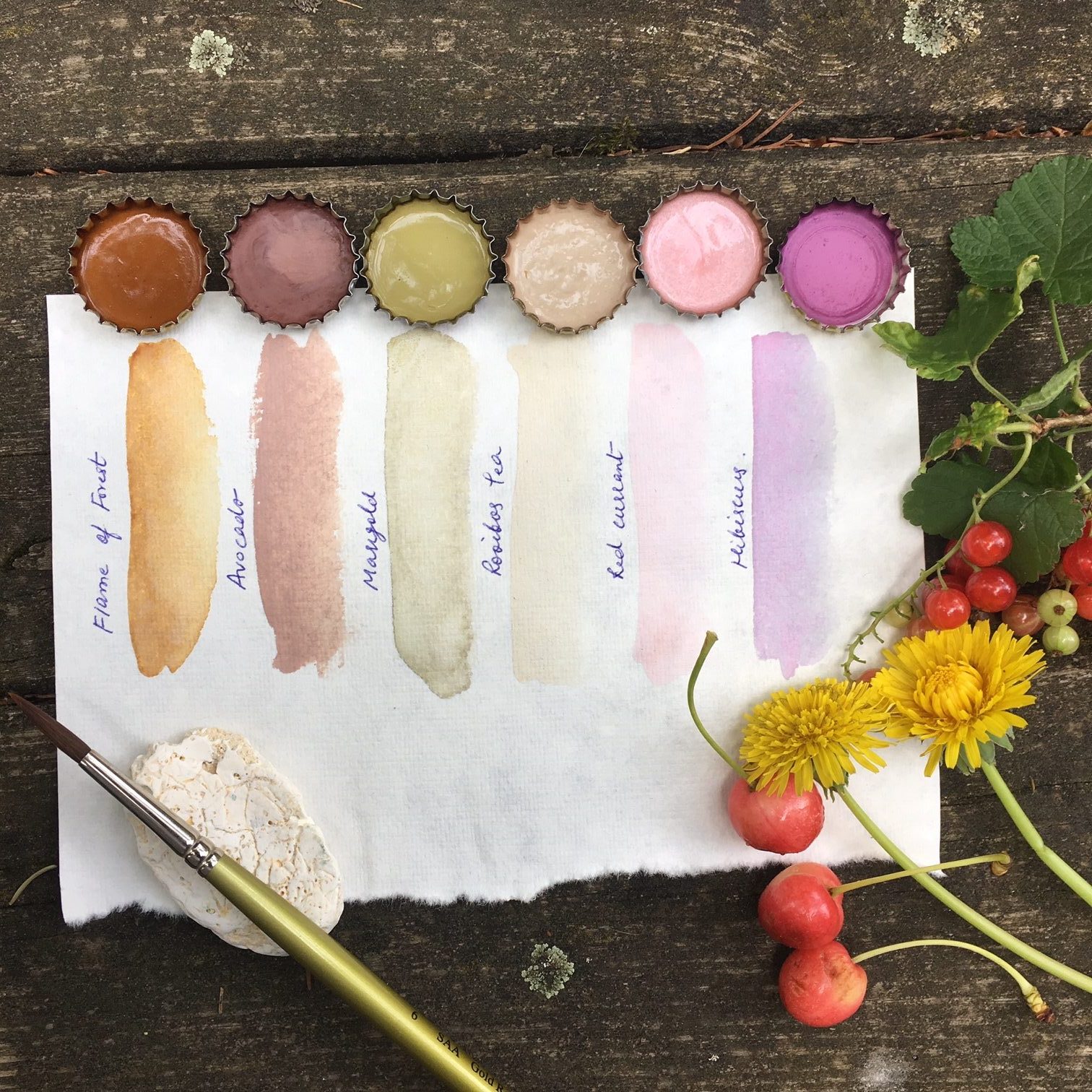
No Comments